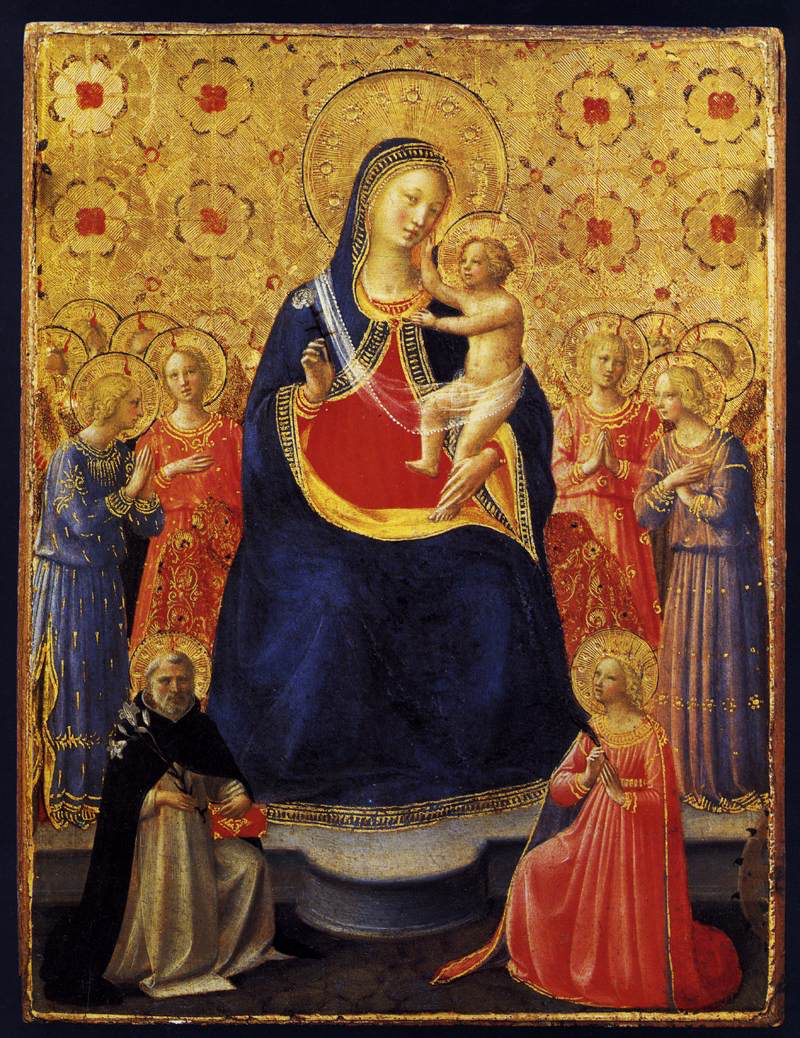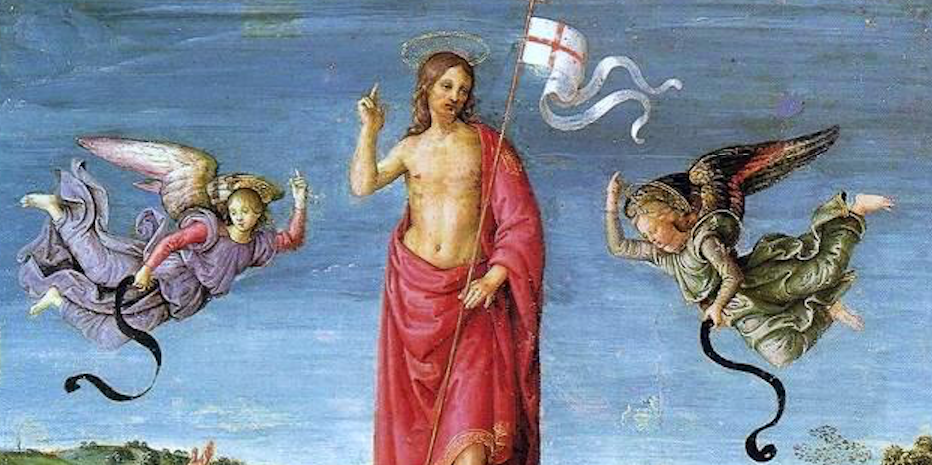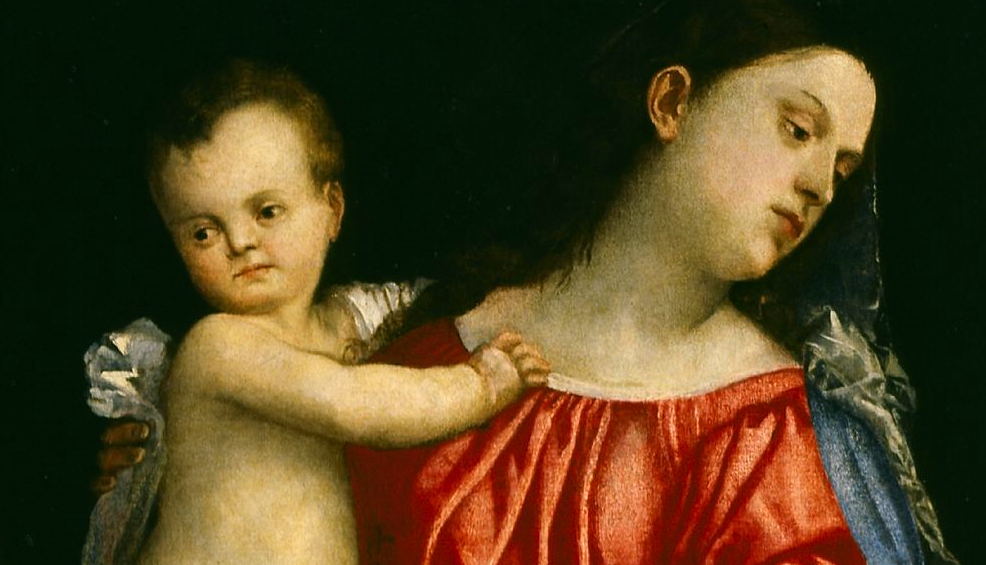
Caravaggio’s Denial of Saint Peter is thought to be one of the artist’s two last works (the other being The Martyrdom of Saint Ursula).
In it, Caravaggio portrays the apostle Peter denying his Lord, an event found in all four gospels (Matt 26:69–75; Mark 14:66–72; Luke 22:55–62; John 18:17–18, 25–27). After Jesus was arrested, Peter followed him into the courtyard “to Annas, who was the father-in-law of Caiaphas, the high priest that year” (John 18:13). There he was accused thrice of knowing Jesus.
Caravaggio paints Peter, the servant girl, and the soldier standing before a fireplace. Brightly lit areas contrast a shadowy background, common in Caravaggio’s later work. The soldier points one finger at Peter, and the servant girl two, alluding to the three accusations and Peter’s three denials. Peter’s face communicates psychological intensity.
In October of 1609, Caravaggio was attacked in a tavern in Naples. He never fully recovered, evidenced in this piece (dated to 1610) by broad brushwork and an unfocused quality to the work.1

Artist: Michelangelo Merisi Caravaggio
Year: 1610
Location: The Denial of Saint Peter is on view at The Met Fifth Avenue in Gallery 637
Read more about this piece and browse other sacred art in the Verbum app.
- Graham-Dixon, Andrew (2011). Caravaggio: A Life Sacred and Profane. New York City: W.W. Norton & Company.





